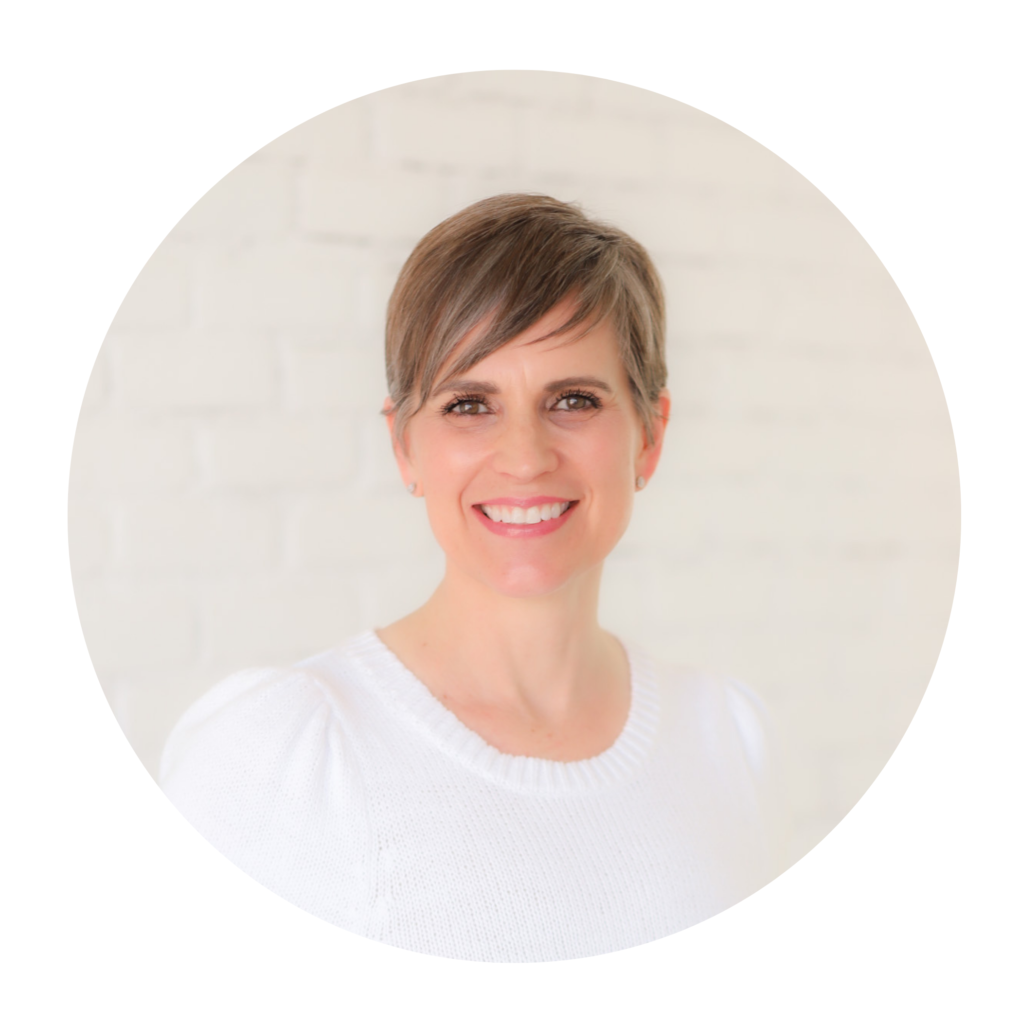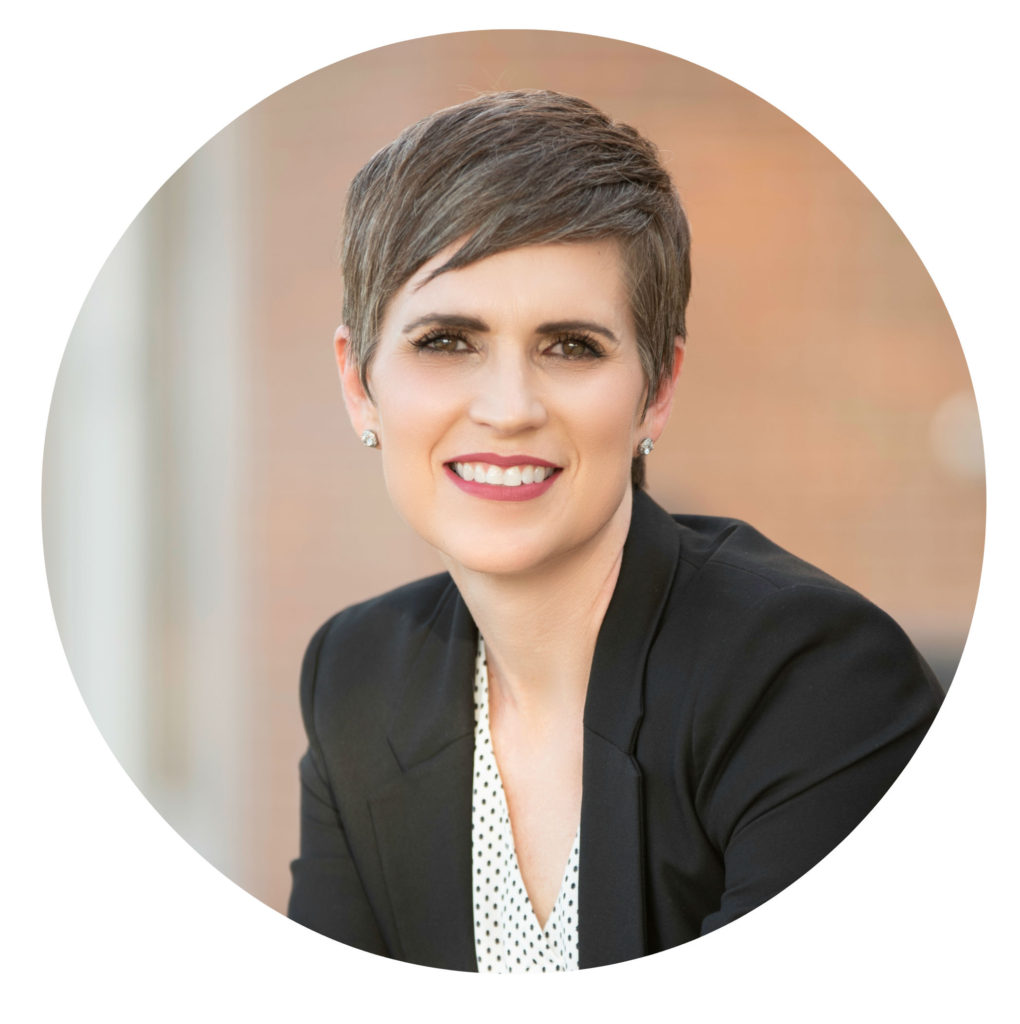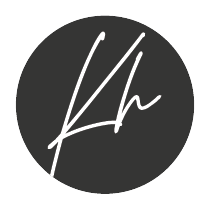Have you ever found yourself stuck in a cycle of painful, negative thoughts that you just couldn’t break? Negative thinking can have a spiraling effect that attracts more negative thinking.
“The way we habitually think of our surroundings and ourself create the worlds that each of us inhabit.”
Charles Duhigg
Most of our thoughts and beliefs we are completely unaware of. It is estimated that 5% of the mind is conscious while 95% is running subconscious automatic programs.
For the vast majority of the time this arrangement works to our benefit. Can you image having to think of how you will drive every time you got in the car? Foot here. Hands here. Eyes here. That would be exhausting, and leave little time for anything else.
There is no conscious thinking involved with habits.
When we repeat the same tasks, do things in the same order, and think the same thoughts, the brain creates very strong neural pathways. These strong pathways don’t require as much energy to maintain, and they become automatic.
A habit is born.
There are so many patterns that are on autopilot and serving us well! Common physical habits like brushing teeth, walking, and driving come to mind. But we also have mental habits of thinking and feeling, that often are not doing us any favors.
“Psychologists tell us that by the time we’re in our mid 30s, our identity or personality will be completely formed. This means that for those of us over 35, we have memorized a select set of behaviors, attitudes, beliefs, emotional reactions, habits, skills, associative memories, conditioned responses, and perceptions that are now subconsciously programmed within us.”
Dr. Joe Dispenza
We aren’t aware of our mental programming most of the time and many of us hang on to beliefs we developed when we were too young to know any better. We simply think it’s who we are and who we will always be.
- I’m just this kind of person.
- I can’t do this.
- I’m not good at this.
- I’ve always had a hard time with …
We look out into the world and think that we are observing the truth about ourselves and others, when in fact we are constantly making judgements based on what we have learned and believed in the past, further reinforcing those neural pathways.
These thoughts come so easily that they appear to be true. And once we have been thinking the same thoughts over and over again, it requires practice and skill to change.
Do you have a habit of negative thinking?
“Habits can emerge outside of our consciousness, or can be deliberately designed. They often occur without our permission, but can be reshaped by fiddling with their parts.” – Charles Duhigg
Let’s start fiddling.
1. Notice your current thought patterns.
It might sound simple, but don’t let that fool you. Paying attention to your thoughts is a skill that has to be learned.
Most people have no idea how to watch their thoughts, they are just living at the effect of those thoughts. They think their thoughts just happen to them. That they are their thoughts. Thanks to those strong neural pathways it does seem that way.
“You are not your mind. Start listening to the voice in your head as often as you can. Pay particular attention to any repetitive thought patterns, those old gramophone records that have been playing in your head perhaps for many years.”
Eckhart Tolle
Here are a few illustrations of what “watching” your thoughts might look like from the book The Power of Stillness:
“For some, it can help to imagine thoughts as a river passing by with you sitting on the bank, looking on… imagine watching a “thought” parade safely from the sidewalk. Or you might imagine thoughts as clouds passing overhead, or as fireworks on the horizon… with you safely at a distance, just watching.”
If you find the exercise of watching your thoughts difficult, try focusing on your emotions. Your thinking will always be reflected in your feelings, and this is often easier to discern. Negative feelings will be the indicator that you are thinking negative thoughts.
If you still find it difficult, keep trying. Remember that efficient brain of yours…. it doesn’t want to expend energy on this. Be patient.
2. Be wiling to be wrong.
Not only is your brain powerful and efficient, it also really enjoys being right. The way it does this is by gathering and interpreting information to confirm what it already thinks and believes.
Going back to the examples I gave in the beginning:
- I’m just this kind of person.
- I can’t do this.
- I’m not good at this.
- I’ve always had a hard time with …
Our brains will find evidence to support these beliefs even when being right isn’t in our best interest. We will continue to create new evidence just so we can prove ourselves right.
It doesn’t feel good to be wrong. Especially when you are coming up against thoughts and beliefs you have held your entire life or that are shared by others you love and are in community with. It can be downright terrifying. Without those beliefs who are you?
It reminds me of this quote by Thomas Jefferson. He was speaking particularly on religion but in a broad sense it applies to everything:
“Fix reason firmly in her seat, and call to her tribunal every fact, every opinion. Question with boldness even the existence of a God; because if there be one, he must more approve of the homage of reason, than that of blindfolded fear.”
Fix reason firmly in her seat. You are not your thoughts. Your thoughts are just opinions, and you are free to change your opinion at any time.
Question with boldness. Yes, question everything! Especially those thoughts about yourself and the people you are in relationship to that aren’t creating the desired results you want.
This is an identity shattering process for sure! Your brain wants to stick with old thoughts and old evidence. It’s a survival pattern that you can outwit, with the help of your brain.
3. Practice the new belief.
The process of change requires unlearning first, then learning.
Deliberate thoughts and beliefs are choices. But we can’t just decide we want to have a thought – we have to program that thought into our brain and into our life with repetition. We have to create a new neural pathway. Until the neural pathway is sufficiently strong enough, it will require energy.
While you are practicing this new belief the energy expenditure will look like regularly “watching” your thoughts, and challenging the ones you are trying to change.
You might come up with some version of this to help your brain unlearn the old thought pattern:
“Thanks for the reminder. I appreciate you looking out for me, but we were wrong. It turns out I can do this. We are going to keep trying.”
“Isn’t that interesting I am still thinking that old thought. But we were wrong about this, and now we believe I can do this. You’ll see.”
Because your brain delights in being right, you can put it to work gathering and creating evidence to support new beliefs. Yes, your brain is sophisticated, but when it comes to being right, it doesn’t care what it is right about, so long as it is right!
What do you want to be right about?
You can believe anything that you want. Truly.
“When you change your mind, you change your life.” – Joe Dispenza
Yes, you can break your negative thought habits.
Identifying and understanding the patterns of your life are much easier from an outside perspective. That is why my clients hire me – for outside perspective and my skill in helping them find and understand the why behind the patterns.
“There is nothing you can’t do it you get the habits right.” – Charles Duhigg
Photo by Krists Luhaers on Unsplash



